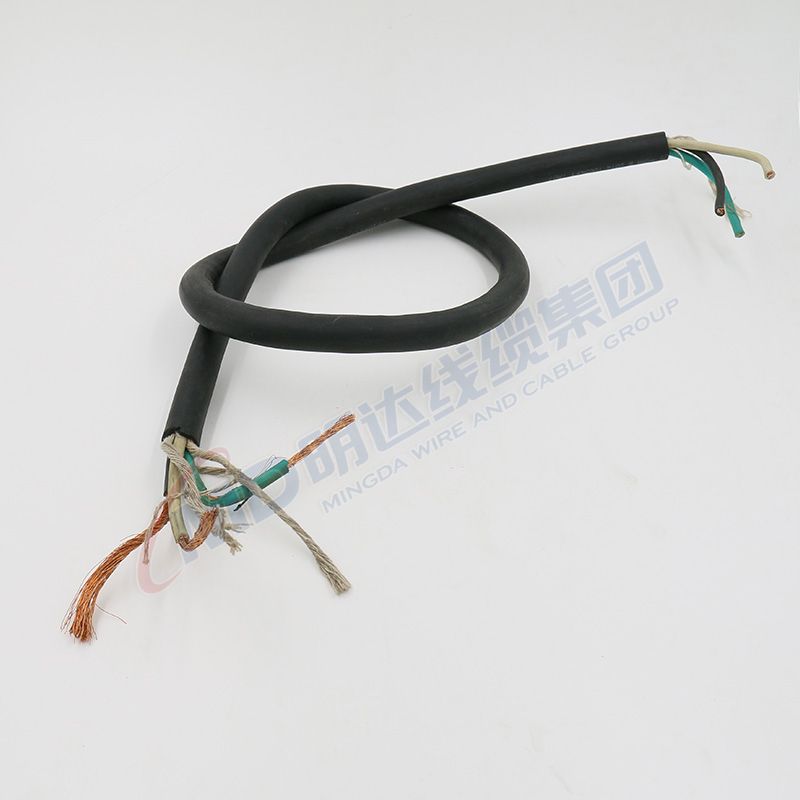Dhj . 03, 2024 17:41 Back to list
ss ball valve
Understanding SS Ball Valves Essential Components in Fluid Control
In the world of fluid control systems, valves play a crucial role in ensuring the safe and efficient transportation of liquids and gases. Among the various types of valves available, the stainless steel (SS) ball valve is widely recognized for its reliability, durability, and effectiveness in controlling flow. This article aims to provide an overview of SS ball valves, their construction, working mechanism, applications, advantages, and maintenance considerations.
What is a Ball Valve?
A ball valve is a type of quarter-turn valve that uses a spherical disc, known as a ball, to control flow through it. The ball has a hole or port through the center, and when the valve is open, the port is aligned with the flow direction, allowing fluid to pass through. Conversely, when the valve is closed, the ball rotates 90 degrees to block the flow.
Why Choose Stainless Steel for Ball Valves?
The choice of material for ball valves is critical as it affects performance, durability, and resistance to corrosion. Stainless steel is a preferred material for ball valves due to its numerous advantages
1. Corrosion Resistance SS ball valves are resistant to rust and corrosion, making them ideal for various industries, including chemical processing, food and beverage, and pharmaceuticals.
2. Durability Stainless steel is known for its strength and ability to withstand high pressures and temperatures, which is essential in many industrial applications.
3. Hygienic Properties In applications where sanitation is a priority, stainless steel's non-porous surface minimizes bacterial growth and contamination, making it suitable for hygienic environments.
4. Versatility SS ball valves can handle a wide range of fluids, including corrosive substances, oils, and gases, making them applicable in diverse industries.
Construction of SS Ball Valves
An SS ball valve typically comprises several key components
- Body The main structure of the valve, which houses the ball and other internal parts, often available in a variety of designs such as two-way or three-way configurations.
- Ball The central component that controls flow. It is often precision-machined to ensure a perfect fit and smooth operation.
- Seats Surround the ball and create a tight seal when the valve is closed. They are usually made from materials such as PTFE (Teflon) or elastomer to facilitate sealing.
- Stem Connects the ball to an external actuator or handle, allowing the user to operate the valve.
ss ball valve

- Actuator Can be manual (lever-operated) or automated (electric or pneumatic), controlling the opening and closing of the valve.
Working Mechanism
The operation of an SS ball valve is simple and straightforward. When the handle or actuator is turned, the stem rotates the ball inside the valve. When the port of the ball is aligned with the pipeline, the valve is open, and fluid can flow freely. When the ball rotates 90 degrees, the port is perpendicular to the flow direction, effectively blocking the fluid. This quarter-turn operation allows for quick and easy valve control.
Applications of SS Ball Valves
SS ball valves are utilized in various industries, including
- Oil and Gas For controlling the flow of crude oil, natural gas, and other hydrocarbons. - Chemical Processing In handling aggressive chemicals, solvents, and acids. - Food and Beverage Essential for food processing applications due to their hygienic properties. - Water Treatment For managing water flow in treatment facilities and distribution systems. - HVAC In heating, ventilation, and air conditioning systems for flow control of water and refrigerants.
Advantages of SS Ball Valves
The benefits of using SS ball valves are manifold
1. Low Torque Requirement They can be operated with minimal effort, which is advantageous in larger systems or automated settings.
2. Leak-Free Operation With proper maintenance, SS ball valves can provide leak-free performance, which is critical for safety and efficiency.
3. Ease of Maintenance Their design allows for straightforward maintenance, and replacing components can often be done without removing the entire valve from the pipeline.
Maintenance Considerations
While SS ball valves are robust and require minimal maintenance, regular inspections are advisable. Checking for leaks, ensuring smooth operation, and lubricating moving parts can prolong the life of the valve. In applications with high usage, it may be necessary to implement a regular maintenance schedule to guarantee optimal performance.
Conclusion
SS ball valves are indispensable components in fluid control systems across various industries. Their durability, corrosion resistance, and versatility make them a favored choice for professionals seeking reliable solutions for liquid and gas flow management. By understanding their design, functionality, and benefits, industries can make informed decisions regarding their fluid control needs.
Share
-
Reliable Wafer Type Butterfly Valves for Every IndustryNewsJul.25,2025
-
Reliable Flow Control Begins with the Right Ball Check ValveNewsJul.25,2025
-
Precision Flow Control Starts with Quality ValvesNewsJul.25,2025
-
Industrial Flow Control ReliabilityNewsJul.25,2025
-
Engineered for Efficiency Gate Valves That Power Industrial PerformanceNewsJul.25,2025
-
Empowering Infrastructure Through Quality ManufacturingNewsJul.25,2025